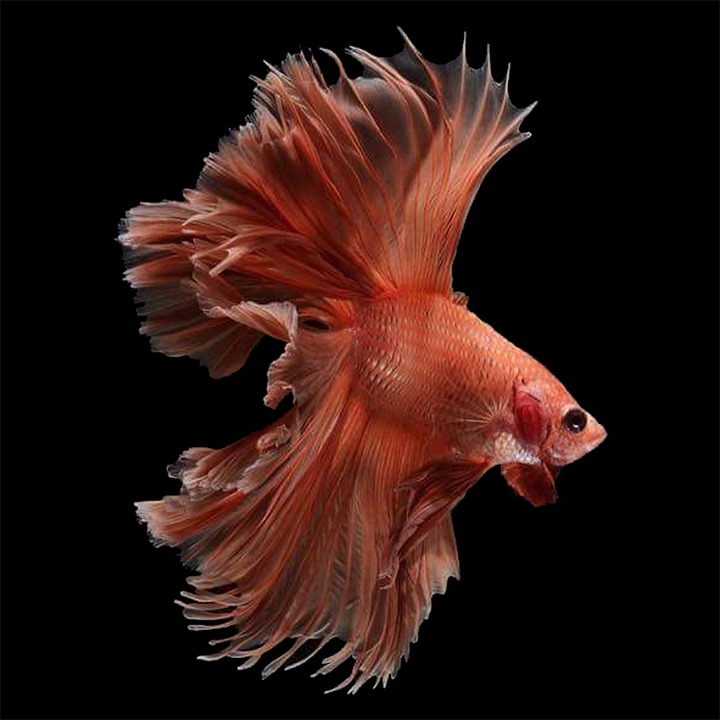Fish feeding preferences are crucial for maintaining a healthy and thriving aquatic environment. As a fishkeeper, it is essential to comprehend the various factors that influence fish feeding behavior. In this article, we will explore the intricacies of fish feeding preferences, including their natural diet, feeding habits, and the impact of environmental factors. Additionally, we will address frequently asked questions to help you better understand and cater to your fish’s nutritional needs.
The Natural Diet of Fish:
1. Herbivorous Fish:
Herbivorous fish primarily rely on plant matter as their primary source of nutrition. Understanding the types of herbivorous fish, their feeding techniques, and the importance of providing a balanced diet is crucial for their well-being.
2. Carnivorous Fish:
Carnivorous fish species have a diet primarily consisting of other fish or invertebrates. Providing a high-protein diet is essential for their health, and understanding their feeding strategies can help ensure their nutritional needs are met.
3. Omnivorous Fish:
Omnivorous fish have a more varied diet, including both plant matter and animal protein. Understanding their characteristics, considering a balanced diet, and establishing optimal feeding routines are crucial for their overall well-being.
Environmental Factors Influencing Fish Feeding Behavior:
1. Water Quality:
Water parameters such as pH, ammonia levels, and oxygen content can significantly impact fish feeding habits. Maintaining appropriate water conditions is crucial for effective feeding and overall fish health.
2. Temperature:
Temperature plays a vital role in fish metabolism and can influence their feeding patterns. Adjusting feeding routines according to temperature fluctuations is important for their well-being.
3. Lighting:
Lighting can affect fish feeding behavior, with some species more active during certain light conditions. Using light to regulate feeding routines can help ensure your fish receive their required nutrition.
Feeding Habits and Techniques:
1. Surface Feeders:
Some fish species are surface feeders, meaning they prefer to feed at the water’s surface. Identifying these species and employing appropriate feeding techniques can help cater to their feeding preferences.
2. Bottom Dwellers:
Bottom-dwelling fish species have specific feeding habits and require suitable strategies for feeding. Recognizing these species and providing appropriate food and feeding techniques are essential.
3. Mid-Water Feeders:
Mid-water feeding fish species have their own feeding habits, and understanding their characteristics is crucial for providing appropriate feeding methods.
FAQs (Frequently Asked Questions):
Q1. How often should I feed my fish?
A1. Feeding frequency largely depends on the species. As a general rule, most fish should be fed small portions two to three times a day. However, some larger species may only require feeding once a day.
Q2. Can I overfeed my fish?
A2. Yes, overfeeding can lead to various health issues, such as poor water quality, obesity, and digestive problems. It’s crucial to provide an appropriate amount of food that your fish can consume within a few minutes.
Q3. How do I determine the right fish food for my aquarium?
A3. Selecting the right fish food involves considering the species’ natural diet. Research the specific feeding preferences of your fish and choose a high-quality commercial food that replicates their natural food source.
Q4. Should I supplement my fish’s diet with live or frozen food?
A4. Supplementing with live or frozen food can be beneficial, especially for carnivorous or omnivorous species. These foods provide essential nutrients and mimic their natural prey. However, ensure any live food is carefully sourced to avoid introducing parasites or diseases to your aquarium.
Q5. Can fish feeding preferences change over time?
A5. Yes, fish feeding preferences can change as they grow or due to environmental factors. Regularly monitor your fish’s behavior and adjust their diet accordingly to ensure their nutritional needs are met.
Conclusion:
Understanding fish feeding preferences is fundamental for maintaining a healthy aquarium ecosystem. By considering their natural diet, environmental factors, and appropriate feeding techniques, fishkeepers can ensure their fish thrive and exhibit optimal behavior. Remember to monitor your fish’s feeding habits regularly and adapt their diet as needed to promote their overall well-being.









